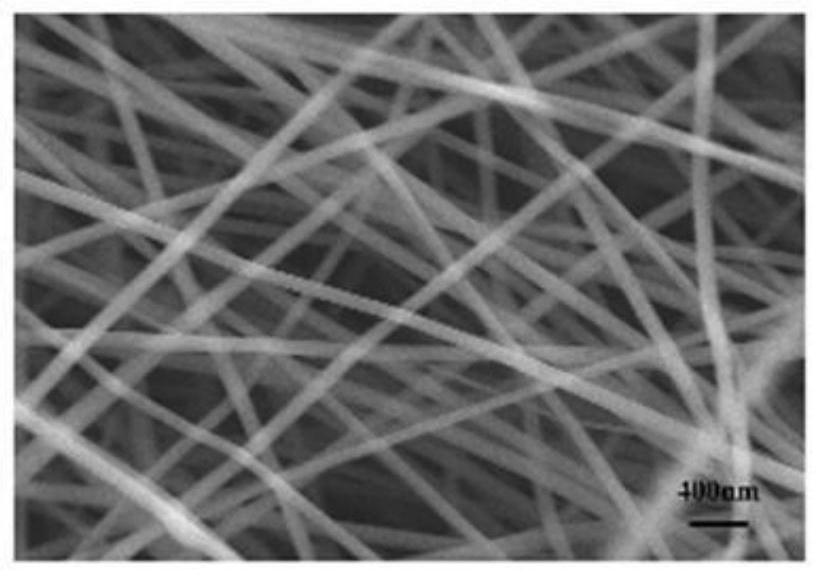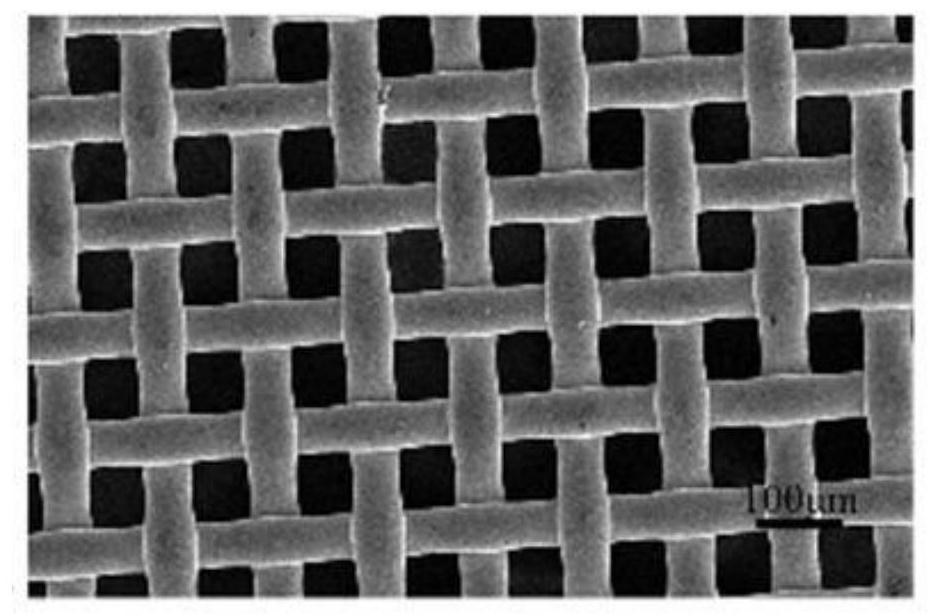A triboelectric nanogenerator that captures wind and sound energy
A nano-generator, nano-power generation technology, applied in the direction of friction generator, wind power generation, wind turbine consistent with the wind direction, etc., can solve the problems of weak output effect, lack of simultaneous capture of wind energy and sound energy, etc., and achieve open circuit voltage enhancement. , the effect of improving output performance
- Summary
- Abstract
- Description
- Claims
- Application Information
AI Technical Summary
Problems solved by technology
Method used
Image
Examples
Embodiment 1
[0033] Example one, as figure 1 As shown, a triboelectric nanogenerator that captures wind and acoustic energy includes a wind-driven triboelectric nanogenerator and a sound-driven triboelectric nanogenerator.
[0034] The wind-driven triboelectric nanogenerating device includes a windmill 1 with a diameter of 28 cm, three interdigitated electrodes made of polytetrafluoroethylene friction layer (PTFE) 2 attached to the windmill 1 and two complementary conductive fabrics 3 . In order to facilitate the fixation of the interdigital electrodes, a disc 6 made of acrylic plate was fabricated. First, the acrylic plate was cut into radial discs (outer diameter 19cm) with a laser engraving machine as the wind-driven triboelectric nanogenerator. The bracket, the disc 6 is composed of six sector-shaped parts, each sector-shaped part has a radius of 7cm and a central angle of 60°.
[0035] Two conductive fabrics 3 are pasted on the disc 6 by double-sided tape and separated by small gaps ...
Embodiment 2
[0039] Embodiment 2, analyze the polyvinylidene fluoride-trifluoroethylene nanofiber membrane and conductive fabric in Embodiment 1, and the results are as follows: figure 2 and 3 shown.
[0040] figure 2 Shows the SEM image of the polyvinylidene fluoride-trifluoroethylene nanofiber membrane prepared by a domestic electrospinning device (equipped with a drum rotating collector), and the polyvinylidene fluoride-trifluoroethylene nanofiber membrane consists of an average diameter of The 100 nm polyvinylidene fluoride-trifluoroethylene (P(VDF-TrFE)) nanofibers appear to be straight and uniform.
[0041] image 3 The SEM image of the conductive fabric is shown, which is a square array of micropores with a side length of 65 μm. The inherent rectangular micropore structure in the conductive fabric is conducive to the transmission of sound to the friction layer of the polyvinylidene fluoride-trifluoroethylene nanofiber membrane.
Embodiment 3
[0042] Example 3: In Example 1, the wind-driven triboelectric nano-generating device collects wind energy and the sound-driven tribo nano-generating device collects acoustic wave energy.
[0043] The wind-driven triboelectric nanogenerator is a triboelectric nanogenerator based on the independent layer mode. The interdigitated electrodes made of conductive fabric on the stator (disk 6) and the PTFE friction layer (PTFE) on the rotor (windmill 1) ), the alternating current is supplied to the external load. like Figure 4 As shown, the first contact electrode of the PTFE membrane is labeled electrode F, and the electrode next to electrode F is named electrode N. In the initial state ( Figure 4 -i), once the PTFE membrane is in complete physical contact with the electrode F, the surface of the PTFE membrane is negatively charged due to the different polarities of different friction materials, while the conductive fabric electrode F is positively charged. Since the PTFE membra...
PUM
| Property | Measurement | Unit |
|---|---|---|
| diameter | aaaaa | aaaaa |
| radius | aaaaa | aaaaa |
| angle | aaaaa | aaaaa |
Abstract
Description
Claims
Application Information
 Login to View More
Login to View More - R&D
- Intellectual Property
- Life Sciences
- Materials
- Tech Scout
- Unparalleled Data Quality
- Higher Quality Content
- 60% Fewer Hallucinations
Browse by: Latest US Patents, China's latest patents, Technical Efficacy Thesaurus, Application Domain, Technology Topic, Popular Technical Reports.
© 2025 PatSnap. All rights reserved.Legal|Privacy policy|Modern Slavery Act Transparency Statement|Sitemap|About US| Contact US: help@patsnap.com



